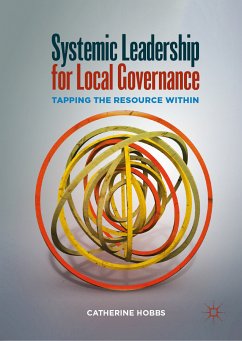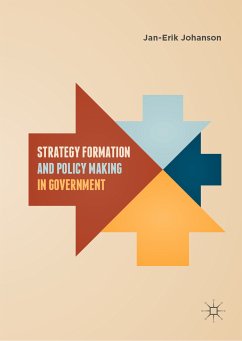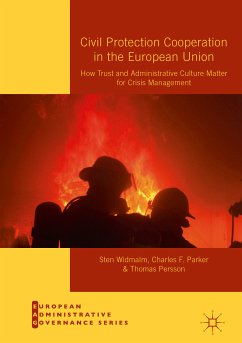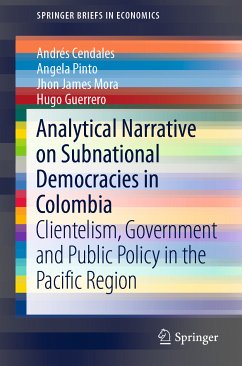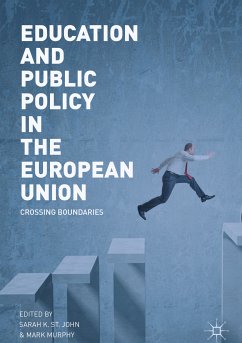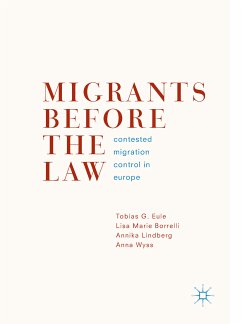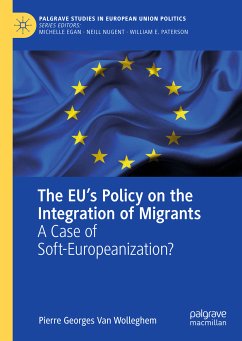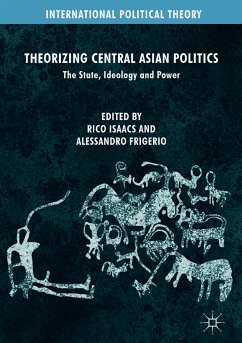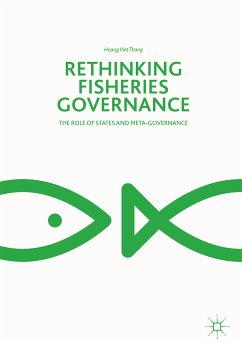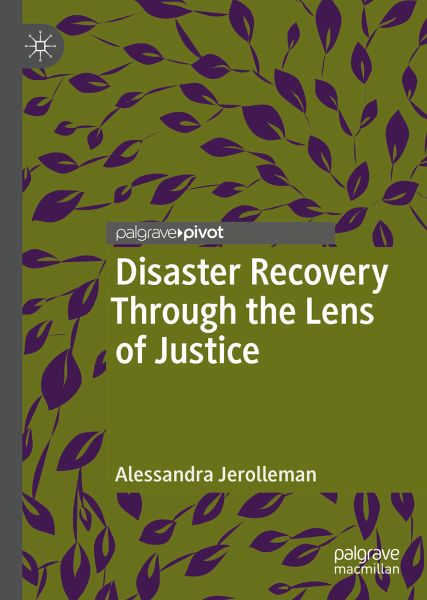
Disaster Recovery Through the Lens of Justice (eBook, PDF)
Versandkostenfrei!
Sofort per Download lieferbar
56,95 €
inkl. MwSt.
Weitere Ausgaben:

PAYBACK Punkte
28 °P sammeln!
There has been increased attention to the topics of disaster recovery and disaster resilience over the past several years, particularly as catastrophic events such as Hurricane Katrina and Superstorm Sandy have brought to light the increasing vulnerability of so many communities. This manuscript brings together existing research, along with policy analysis, in order to look at disaster recovery through the lens of justice. This includes understanding the mechanisms through which vulnerability is exacerbated, and the extent to which the regulations and agency cultures drive this outcome. While ...
There has been increased attention to the topics of disaster recovery and disaster resilience over the past several years, particularly as catastrophic events such as Hurricane Katrina and Superstorm Sandy have brought to light the increasing vulnerability of so many communities. This manuscript brings together existing research, along with policy analysis, in order to look at disaster recovery through the lens of justice. This includes understanding the mechanisms through which vulnerability is exacerbated, and the extent to which the regulations and agency cultures drive this outcome. While existing analyses have sought to understand the particular characteristics of both resilient and vulnerable communities, there have been few attempts to understand the systemic inequities and injustice that is built into United States disaster policies, programs, and legislation. This manuscript thus begins from the understanding that social and economic structures, including land use policies andhistoric practices such as redlining, have concentrated hazard risk into vulnerable zones whose inhabitants do not benefit from the very policies that create and increase their risk.
Dieser Download kann aus rechtlichen Gründen nur mit Rechnungsadresse in A, B, BG, CY, CZ, D, DK, EW, E, FIN, F, GR, HR, H, IRL, I, LT, L, LR, M, NL, PL, P, R, S, SLO, SK ausgeliefert werden.



